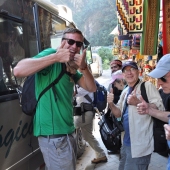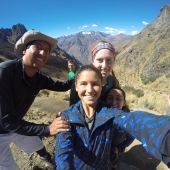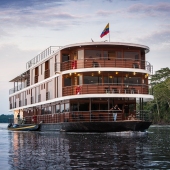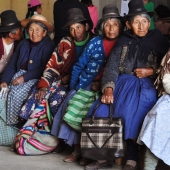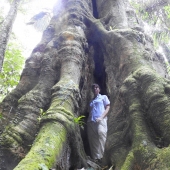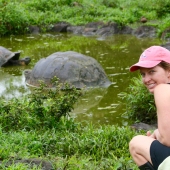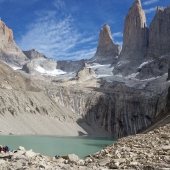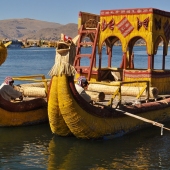
Machu Picchu for Stargazers and Dark Sky Enthusiasts
When the sun goes down in Peru, the sky comes alive with celestrial bodies that twinkle and even shoot across the sky. I'm not an expert astronomer, but I have personally experienced the eye-opening wonders of the night sky in Peru. And I learned that you don't have to be a pro to enjoy the show Even beginners who know nothing about planets, galaxies, constellations and even the International Space Station will appreciate the visibility of this nighttime wonder. It's like another world up there! You don't need to "go" anywhere to stargaze in Peru. Just look up from outside your hotel wherever you are. You don't need special equipment. The bounty of visible celestial bodies can be viewed by the naked eye. Your jaw will drop when you look up.
Why are stars and celestial bodies so visible in Peru?
- less light pollution. Even in Cusco, one of the most developed cities in the Peruvian Andes Mountains, star gazing is feasible, although not optimal. However, everyone going to Machu Picchu will be outside the city and have the opportunity to gaze at the night sky.
- closer to the sky. One of the advantages of being at 11,000 feet altitude is that you're actually closer to the objects you're viewing. Apparently even 2 miles above sea level can enhance the view of the night sky
- no daylight savings time. It gets dark by 6pm (ish) daily year round in Peru. Most people are still up and about at that time (unless you did a big hike, like me, and collapsed in your tent like a baby after dinner)
Here's a few suggestions to enjoy and enhance your stargazing experience in Peru.
- allow time to gaze at the stars. Do a "star walk" in the evening
- the best season for star gazing in Peru is dry season from April to December. This is due to less cloud cover which is most likely in the wet season.
- best places for tourists to view the dark sky will be in the Sacred Valley, and the villages of Ollantaytambo and Aguas Calientes.
- hikers on any hike with camping just need to look up and enjoy the show each night.
- if you're getting picked up early for a hike or tour, remember that the sky is still dark at 5AM. Don't forget to look up.
- if you're bringing new gear to play with, practice at home first. Even if conditions at home are not optimal, a couple of practice sessions will weed out the risk of technical glitches
- dress warmly. Although temps in Cusco, Sacred Valley and Machu Picchu are not extreme, it's chilly when the sun goes down year round.
- plan your travel dates during the new moon. The light of the full moon can interfere with the visibility of other celestial bodies.
What gear should you bring to improve your star gazing experience while traveling?
- get an app on your phone. Star maps and celestial charts are all the rage now. Here's a link to Science Focus Best Astronomy Apps
- bring binoculars or if you're lucky enough to own astro-binoculars, bring them!
- tripod is pretty essential if you want to photograph the night sky. And to enhance viewing. There are compact, lightweight models for every budget and size.
- bring a real camera with settings galore if you want to get decent photos of distant objects in a dark night sky.
- books. Remember books? And paper star maps? And paper charts of celestial bodies? Bring them if you can.
- headlamp. This is pretty essential if you're walking around in the dark and fiddling with settings or reading maps.
- telescope will come in handy if you have access to one.
Are there any Stargazing Parks or Dark Sky Reserves in Peru?
No. I'm not aware of any. However there is a company that offers a planetarium experience in Cusco. It's called "Planetarium Cusco." If you want to learn more about the celestial bodies and you don't mind the cost, check them out.
Call this a bonus. My gift to you for putting up with my raving about stars and such. On your trip to Machu Picchu, whether you go by train or on foot, remember to look up once in a while at night. Your heart and soul will thank you..Now you know it's there. Heads Up Folks!
Vida and I wrote up a great little story told to him by his quechua grandparents. Here's a link to our webpage to read "The Children of the Sun."


